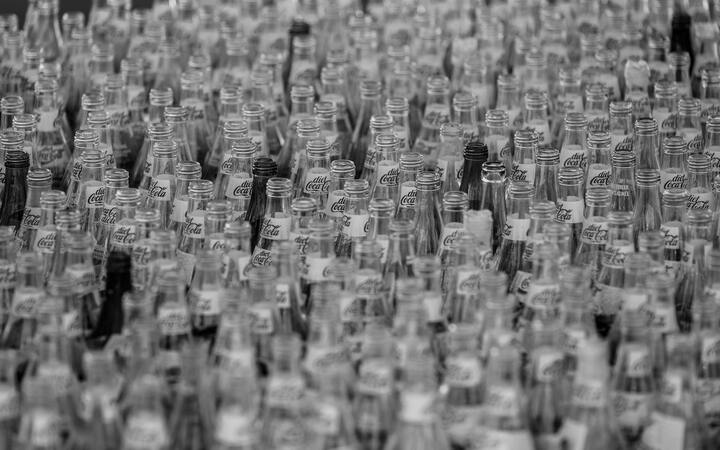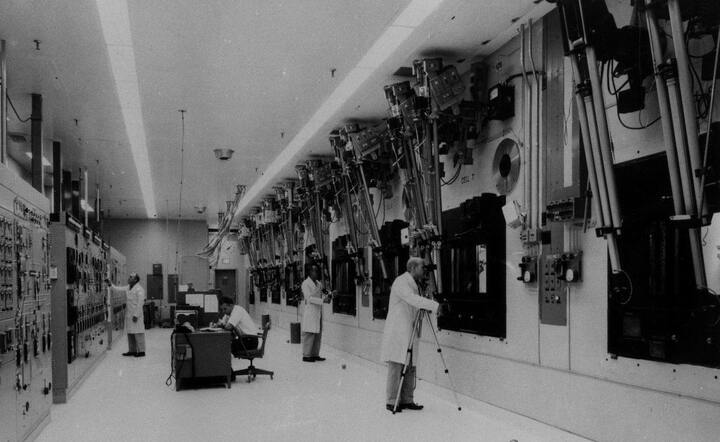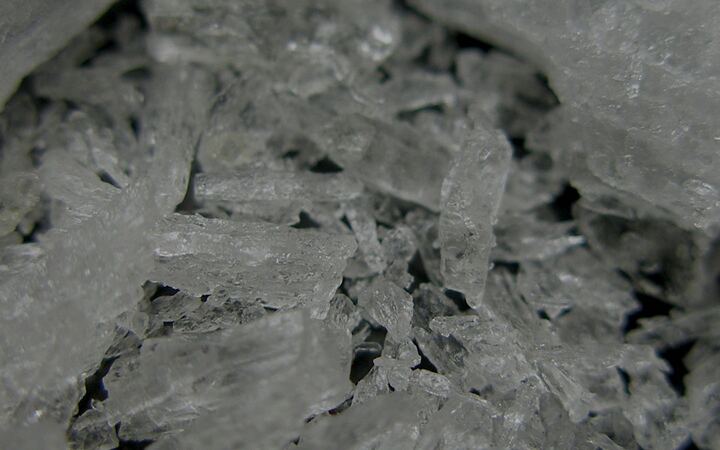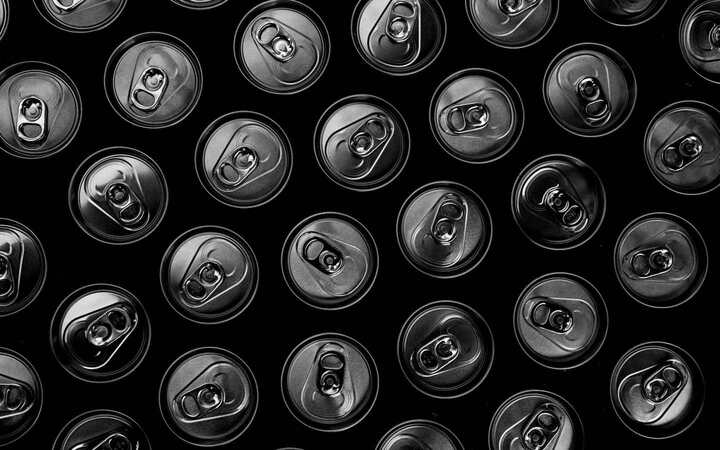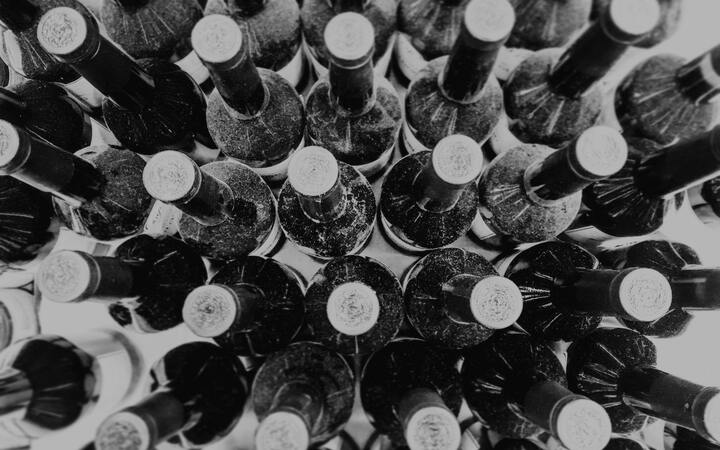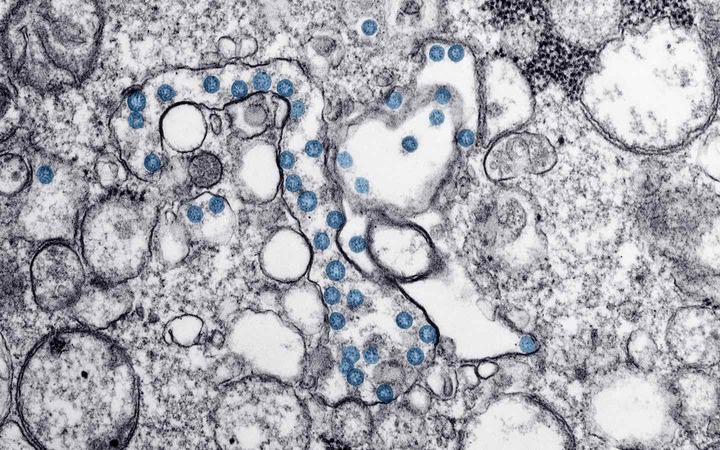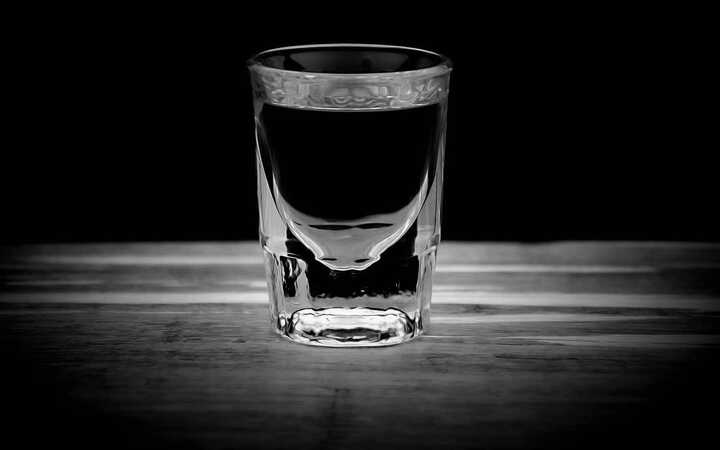Except for the caffeine of course, and maybe that it’s so delicious?
Theory
“Very ambitious and successful and competitive and rich person loves Diet Coke” has been in the news recently, and friend of the blog Aaron Bergman proposes a theory as to why. Spelled out in more detail, it goes like this:
-
There are nine essential amino acids, one of which is phenylalanine (C₉H₁₁NO₂).
-
Weird, that formula looks kind of like amphetamine (C₉H₁₃N).
-
In fact, phenylalanine is a precursor for lots of exciting stuff:
molecule formula role phenethylamine C₈H₁₁N CNS stimulant dopamine C₈H₁₁NO₂ neuromodulator noradrenaline (norepinephrine) C₈H₁₁NO₃ hormone/neurotransmitter adrenaline (epinephrine) C₉H₁₃NO₃ hormone And all the pathways are fully mapped-out:
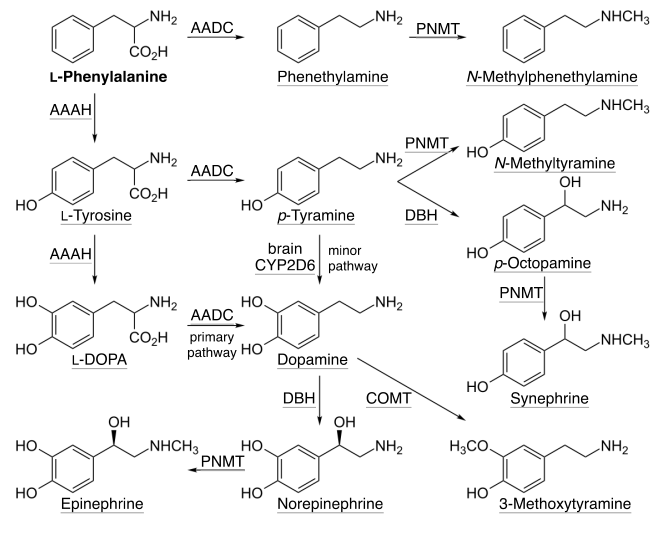
-
The sweetener in Diet Coke is aspartame (C₁₄H₁₈N₂O₅).
-
The body metabolizes aspartame into phenylalanine, plus methanol and aspartic acid.
Thus, we arrive at our theory:
ASPARTAME
↓
PHENYLALANINE
↓
DOPAMINE OR PHENETHYLAMINE OR SOMETHING THIS PART ISN’T TOTALLY CLEAR
↓
STIMULATION
Problems
I want to believe, but there are two problems. For one, this theory is weird and disturbing, and most things that are weird and disturbing aren’t true.
More concretely, phenylalanine is in all sorts of foods like eggs, chicken, milk, soybeans, and breast milk. Remember how phenylalanine is an essential amino acid? And remember how you’re reading this right now and not dead? From these facts, we may conclude that you consume phenylalanine all the time.
A can of Diet Coke contains 184 mg of aspartame, which metabolizes into around 103 mg of phenylalanine. (Because one molecule of aspartame is metabolized into 1 molecule of phenylalanine and the molecular weights of phenylalanine and aspartame are 165.19 and 294.3, respectively.)
Meanwhile:
- A typical 400g box of firm tofu has around 3300 mg of phenylalanine.
- A large egg has 340 mg.
- A potato has 170 mg.
- An 8 oz (235 ml) glass of milk has 430 mg.
If phenylalanine was a stimulant, then wouldn’t an egg/milk/soybean diet turn you into even more of an optimized productivity god than Diet Coke does?
Aaron is aware of this, and he has an answer: The difference is that aspartame gives you isolated phenylalanine, whereas these other foods deliver it together with lots of other amino acids. This could potentially make a big difference in the physiological effects.
Plausibility
Some people already supplement phenylalanine. There are many placebo enthusiasts brave self-experimenters at r/nootropics who claim great results. The consensus there seems to be that you’d need a minimum of 500 mg to have any perceptible effect. That’s what you’d get from five Diet Cokes, which isn’t out of the question.
But how do we know this isn’t pure placebo? Is it at all plausible that phenylalanine does anything?
The first two questions to ask about any potential nootropic are:
- Does it have a mechanism to get across the blood-brain barrier (BBB)?
- Once it’s across, does it have a mechanism to actually do something?
After a little searching through the literature, the answers to these questions are yes, and yes. Humphries et al. (2008) confirm that phenylalanine crosses the BBB. Also, the liver converts lots of phenylalanine into tyrosine, which can also cross the BBB. Once in the brain, tyrosine gets converted into DOPA and then into dopamine.
So, the idea that phenylalanine could have some effect on the brain isn’t obviously false. But remember, phenylalanine and tyrosine are still just 2 of the 20 standard amino acids that make up all proteins. This makes me skeptical that they would have powerful effects. Just because there’s a pathway between them and dopamine doesn’t mean that when a healthy person consumes more they end up with more dopamine in their brain. That pathway could be metabolically limited at many different points.
Science
What about real experiments? Here’s a summary of all the papers I could find:
Fernstrom et al. (1983) fed massive amounts of aspartame (200 mg/kg) to rats and dissected their brains. They found this increased phenylalanine and tyrosine, decreased tryptophan, and maybe caused a tiny increase in dopamine.
How much is 200 mg/kg? Well, in a 70 kg human, that would be 76 cans of Diet Coke. But you might believe in allometric scaling—the extremely controversial idea that you should scale doses according to body surface area. In that case, 200 mg/kg would only correspond to 12 Diet Cokes.
More details
Fernstrom et al. (1983) did some experiments giving aspartame to rats and then measuring the levels of different chemicals in their brains. They found that giving them 200 mg/kg of aspartame:
- Increased the concentrations of phenylalanine and tyrosine
- Decreased the concentration of tryptophan (probably because phenylalanine and tryptophan use the same transport channel to get across the BBB).
- Not much else.
In particular, there was minimal effect on dopamine: It increased 6.1% in one experiment, but decreased 1.1% in another.
Note that 200 mg/kg of aspartame is a ton. If you weigh 70 kg (154 lb) then you’d need to drink 76.1 cans of Diet Coke to get that much. (70 x 200 / 184). Or, if you’re a believer in allometric scaling—the heavily debated theory that you should scale doses by body surface area—then you can divide the rat dose by a factor of 6.2, meaning you’d need to drink “only” 12.3 cans.
Either way, 6.1%—if it’s even real—isn’t huge. To compare to a “real” drug, Daberkow et al. (2013) gave rates 1 mg/kg of amphetamines and found this tripled dopamine levels. Note that 1 mg/kg of amphetamines is a credible dose. For a 70 kg person, that would be either 70 mg or 11.3 mg, depending on if you believe in linear or allometric scaling. A typical theraputic dose of mixed amphetamine salts (Adderall) is 5 mg to 60 mg per day.
Reihmerr et al. (1986) did a non-blinded trial, giving tons of tyrosine to 12 adults with attention deficit disorder for 8 weeks. They saw some improvement in a few of them after a few weeks, but none at the end of the trial. They conclude that tyrosine “is not useful in attention deficit disorder, residual type”
Miler et al. (1986) took slices from rat brains, exposed them to phenylalanine and/or tyrosine, and checked if this changed the amount of dopamine neurons release. I find this paper sort of incomprehensible, but the conclusion seems to be that phenylalanine sometimes slightly increased dopamine release and sometimes slightly decreased it but nothing was really significant. Also, the careful reader will note subtle differences between “slices of rat brain with controlled amino acid levels in buffer” and “human billionaire drinking diet soda”.
During et al. (1988) took anesthetized rats and injected their brains with amounts of phenylalanine ranging from huge (200 mg/kg) to planetary (1000 mg/kg). They found that the merely huge dose majorly increased levels of dopamine, while the larger doses either did nothing or actually decreased dopamine.
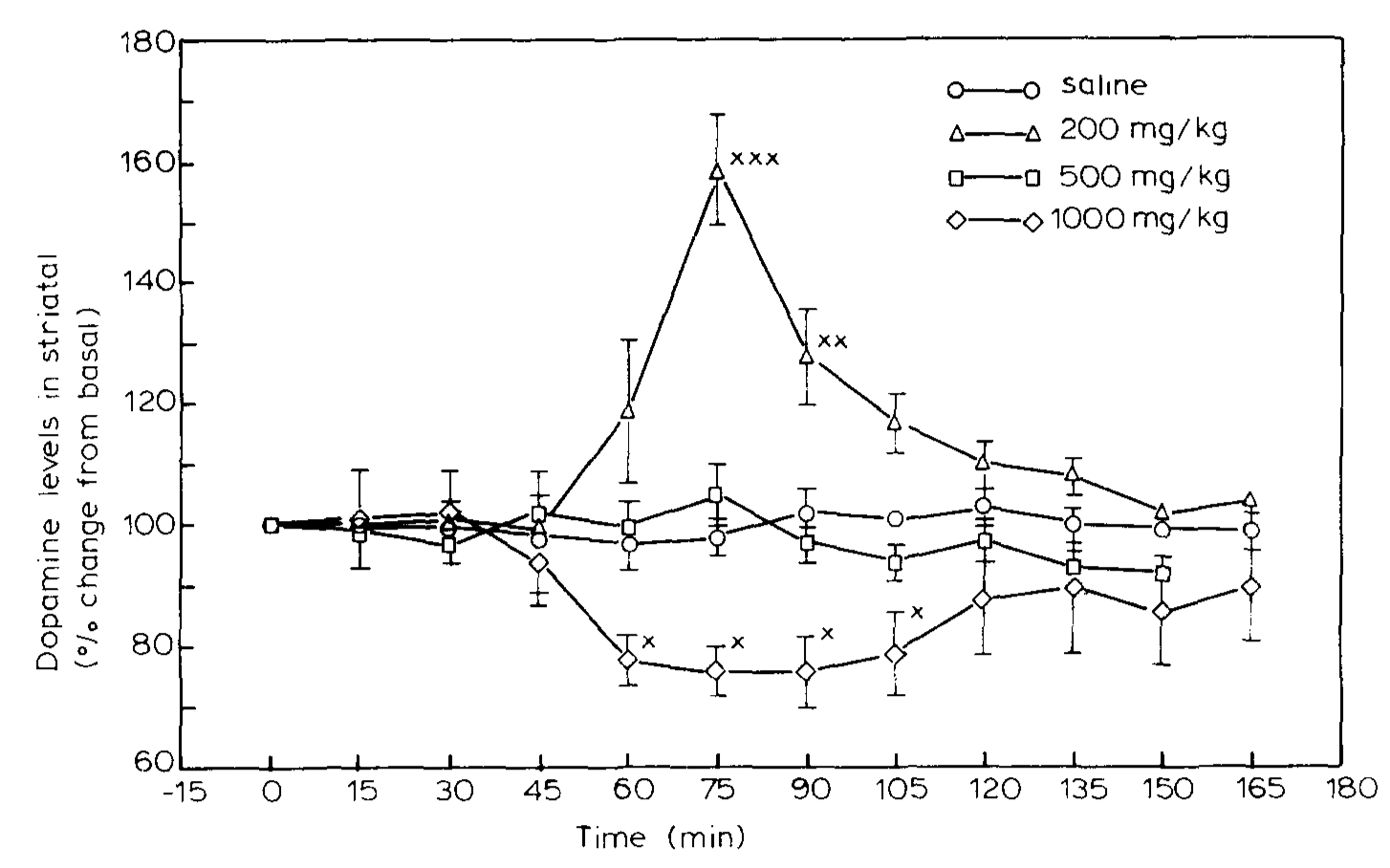
Now, 200 mg/kg of phenylalanine in rats corresponds to 135.5 Diet Cokes in a 70 kg human, or 22 Diet Cokes if you believe in allometric scaling. But this isn’t a fair comparison at all since you don’t (please) inject Diet Coke into your brain. When consumed orally much of the phenylalanine is converted to tyrosine or doesn’t go to the brain at all.
More details
The calculation to get those Diet Coke numbers is:
(3200 mg/kg phenylalanine) × (70 kg) × (294.3 mg aspartame / 165.19 mg phenylalanine) × (1 Diet Coke / 184 mg aspartame) = 135.5 Diet Cokes
Bergwerff et al. (2016) examined the blood and urine of 83 children with ADHD, looking for abnormalities in phenylalanine, tyrosine, and tryptophan. They found none.
Miura et al. (2021) gave 30 adult Japanese men doses of phenylalanine ranging from 3 g/day (29 Diet Cokes) to 12 g/day (116 Diet Cokes) for 4 weeks. They tested blood levels for a million things (liver enzymes, protein, cholesterol, triglycerides, minerals, blood cells, glucose, amino acids). Nothing was statistically significant except a small increase in chloride and tyrosine. They also looked at sleep quality and mental fatigue, and again saw no significant effect.
More details
The calculation to get those Diet Coke numbers is:
(3000 mg phenylalanine) × (294.3 mg aspartame / 165.19 mg phenylalanine) × (1 Diet Coke / 184 mg aspartame) = 29 Diet Cokes
Conclusion
When I started looking into this, I thought this was a fun theory that would collapse after a light breeze of investigation. I don’t think that’s happened. Certainly, most evidence is against the theory. But it could be true if:
- allometric scaling is a better model than linear scaling for aspartame, and
- people are drinking like 12 cans of Diet Coke a day, and
- the limited tests that were done for cognitive benefits on humans missed a real effect, and
-
at least one of
- the tiny increase in dopamine in rats is real, plus humans respond even more strongly, or
- the effect is coming from reduced tryptophan levels, or
- the effect is coming from something else completely.
Is this likely? Nah. I’d bet against it at 10:1 odds, maybe higher. But I’m surprised it wasn’t possible to totally rule it out.
(Diet Cokes consumed while writing this: 5)














